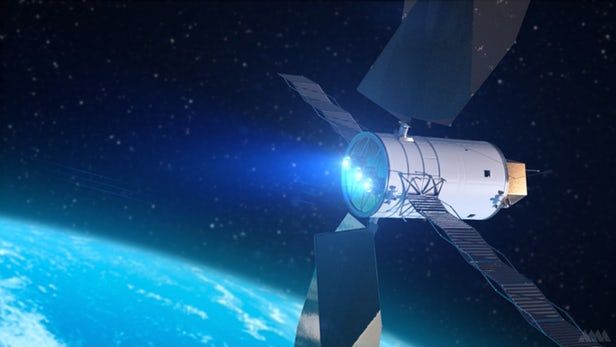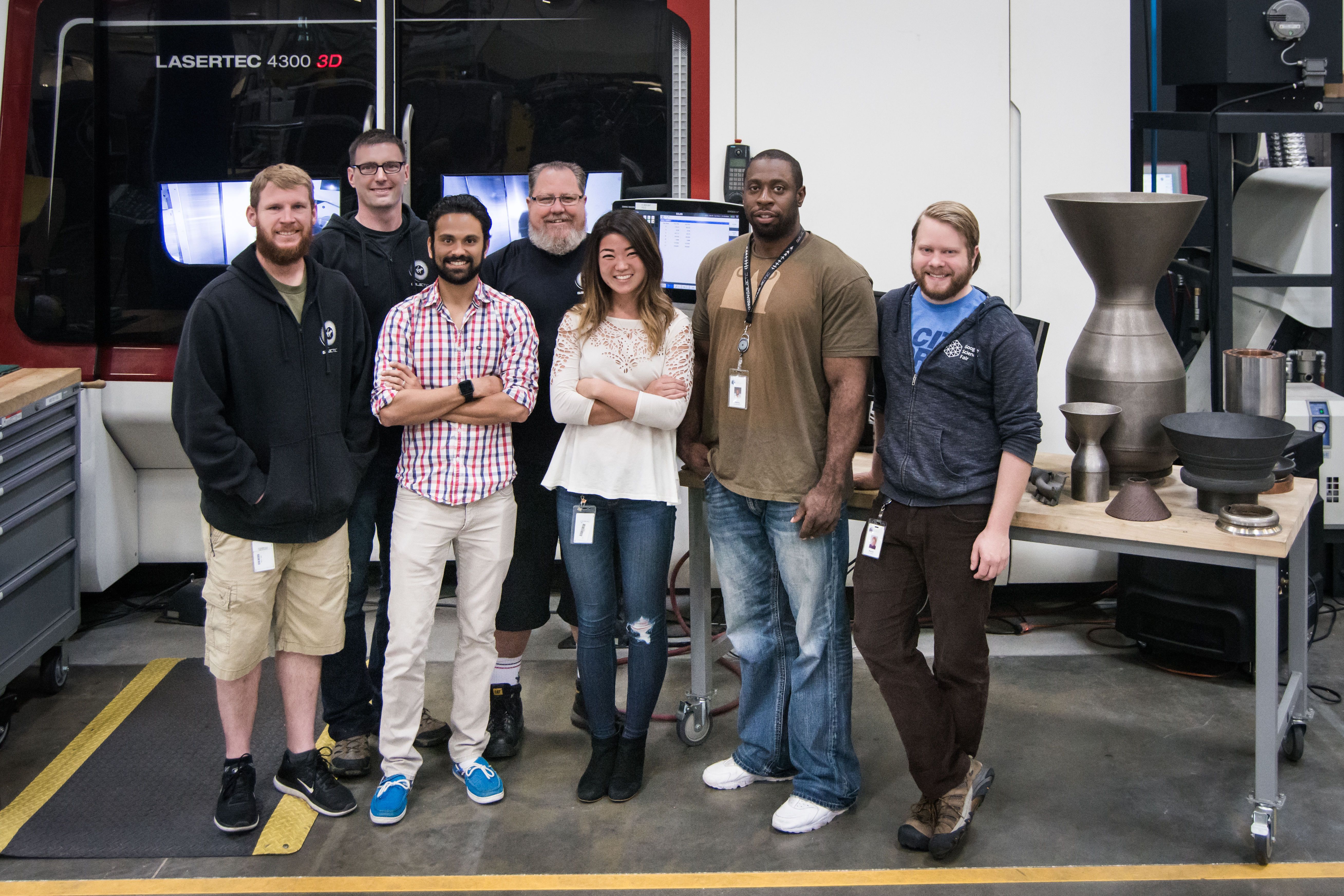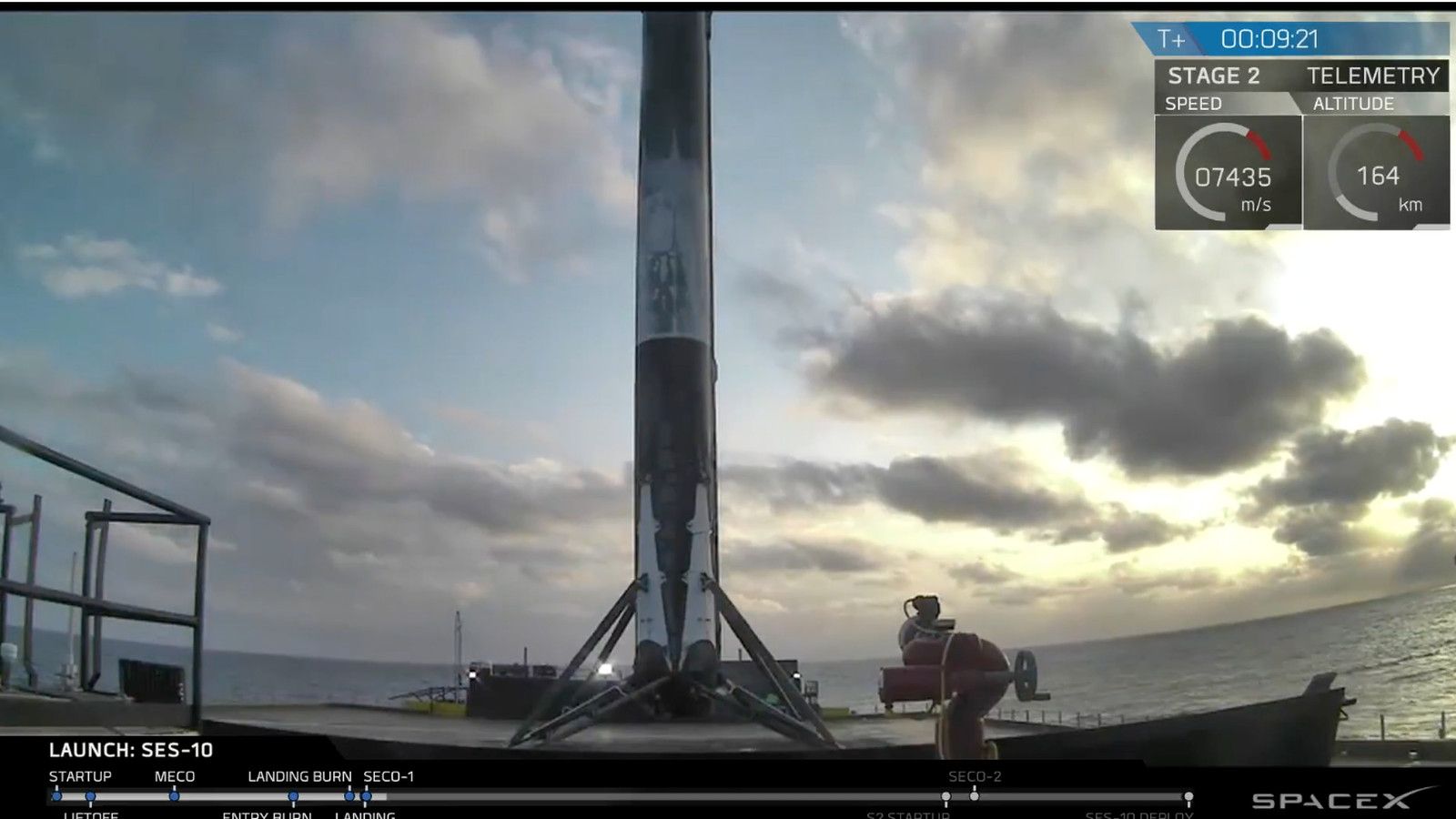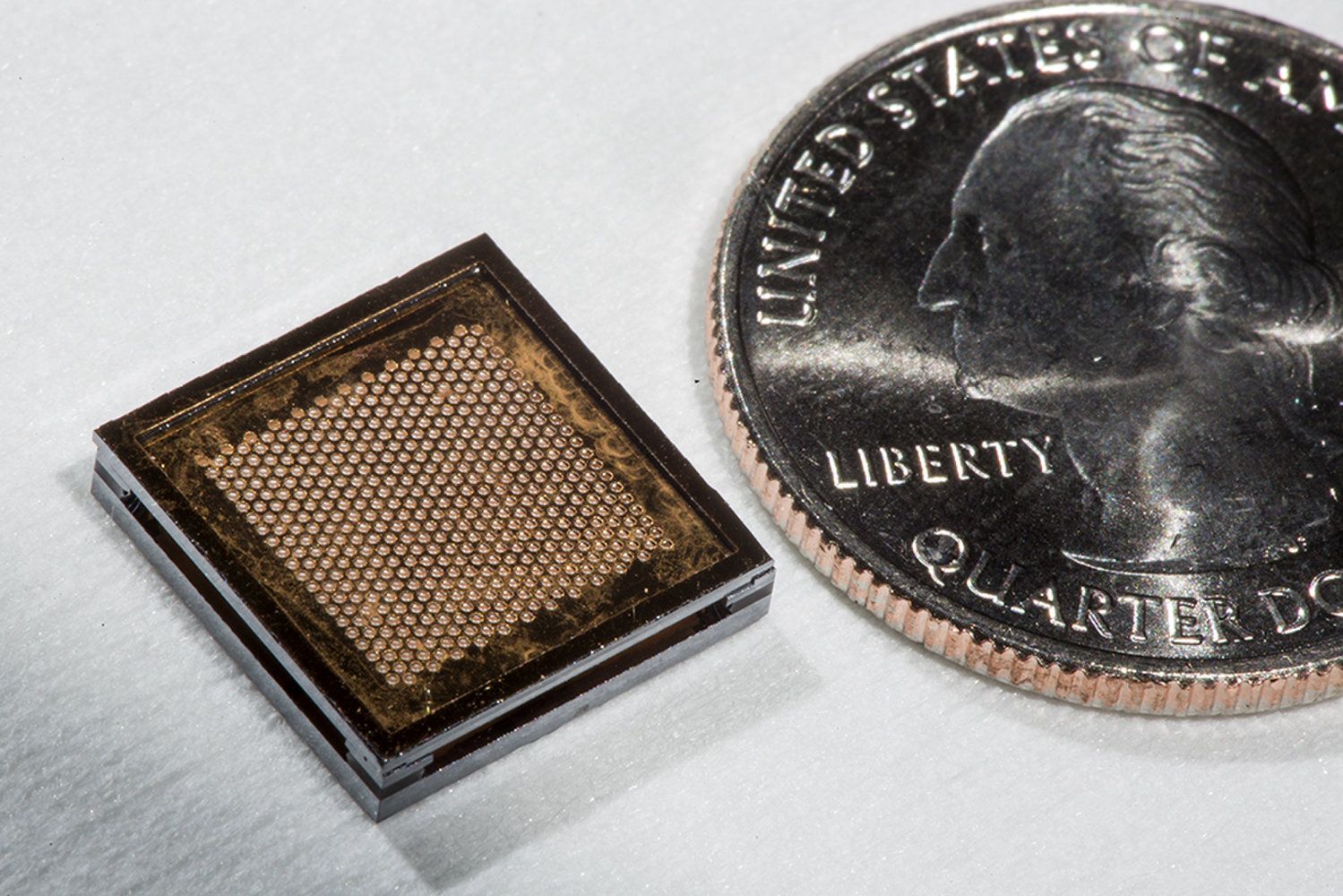The research agency hopes its XS-1 jumpstarts a whole new industry of very-low-cost satellite launches.
Boeing did such a good job plotting out the commercial future of a reusable satellite-launching plane that they’re going to get to build it — and just maybe, launch a whole new low-cost satellite industry.
On Thursday, the Defense Advanced Research Projects Agency, or DARPA, announced that Boeing had won the contract for Phases 2 and 3 of the XS-1 “space plane,” a reusable craft meant to launch 10 satellites in 10 days by 2021 or so, a goal that is key to the future of global military satellite communications.





